Australia So Much to See


Kinchega National Park New South Wales - a former station on the lower Darling River
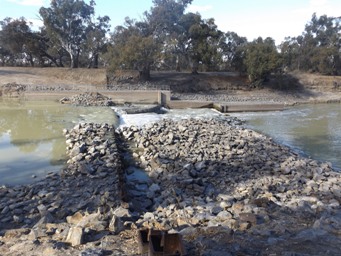
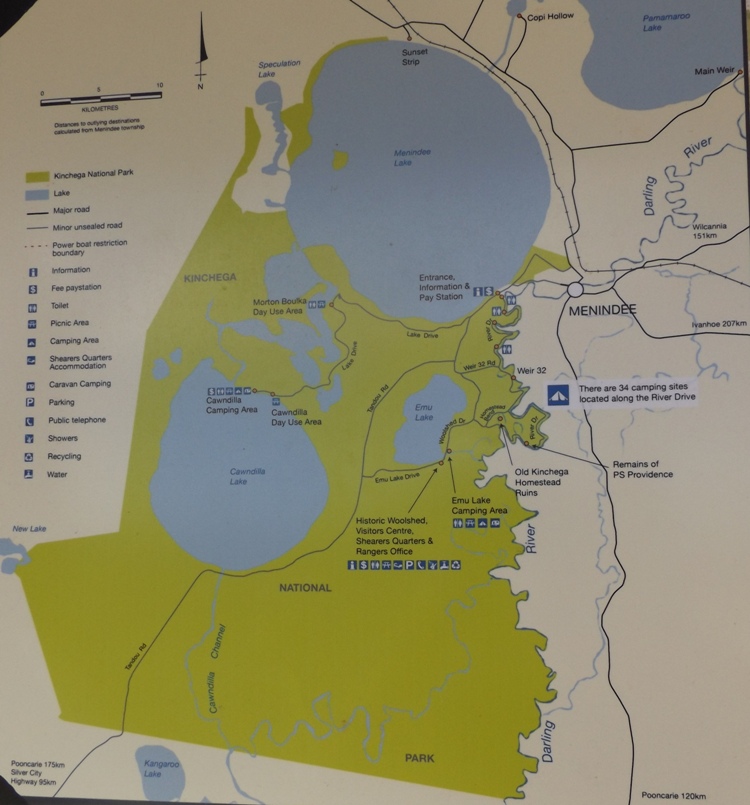
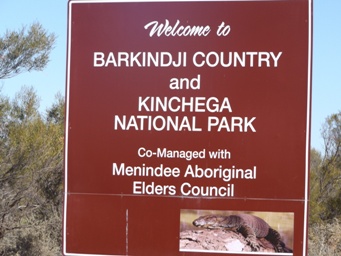
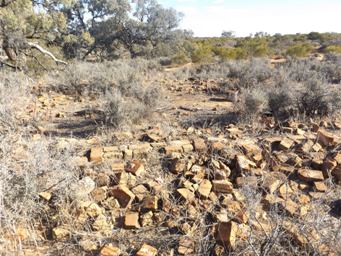
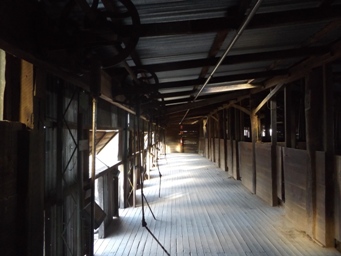
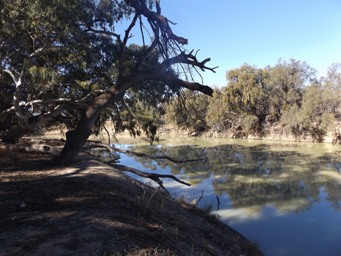
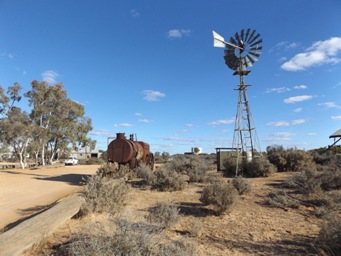
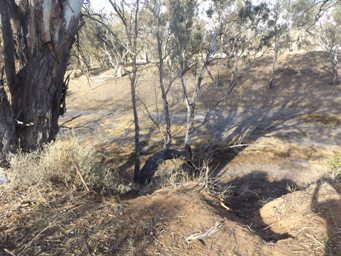
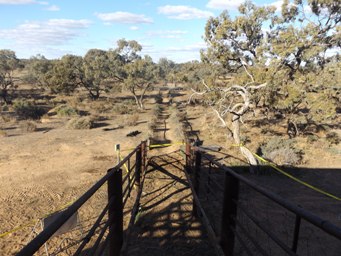
Kinchega National Park covers an area of 442.6 square kilometres, resumed from the former Kinchega Station on the Darling River, covering
an area that runs south from Menindee Lake and townsite and west of the Darling River, incorporating Lake Cawndilla. See map
at bottom of this page. On entering Kinchega we went to an Information Booth. Park entry fees (or a multi-parks pass)
applies. Camping fees also apply.
The Barkindji (Paakantji) people have lived here for over 35,000 years. Their name derives from Paaka which means river, and ntji which means belonging to.
There are 34 National Parks campsites spread out along the Darling River, some of which have picnic tables and seating, bins and fire places, although no solid fuel fires are permitted for much of the year.
There are a few clean toilets scattered along river drive.
A lovely place for our barbecue picnic lunch.
Continuing along the Darling River drive we came to Weir 32. A steel and stone wall dams the Darling River to form the Menindee
Pool. Water is banked up for approximately thirty kilometres at around two metres deep, which contributes to the Broken Hill
and Menindee water supplies. A fish ladder on the far side is a recent addition however the native fish have nowhere to go once
in this pool.
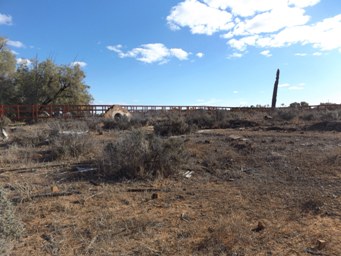
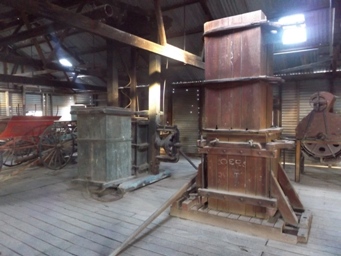
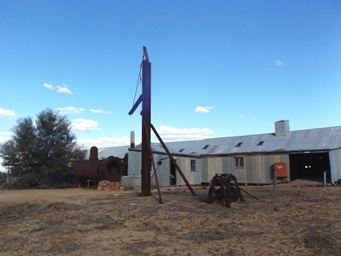
Kinchega Homestead was built close to a billabong on the Darling River. This was dammed to retain water for their use when the
peak flows receded.
Built in the mid to late 1870s and occupied for some 60 to 80 years, Kinchega Homestead
was of great significance to the area, and signs at the site tells story of the area’s Aboriginal and European heritage. There
is a boardwalk around the main homestead site.
The main house was originally built as the overseer's residence. This house had many changes over the years. Construction
probably began in the mid to late 1870s, shortly after the woolshed was finished. Built of brick, timer and iron, the home had
a verandah on three sides. Each room had a fireplace. The kitchen and laundry were separate outbuildings. During
WWII, a shortage of staff resulted in a kitchen being added to the main home so the occupants could cook for themselves.
The main building housed the overseers. There was an Aboriginal camp close by to house workers. Today all that remains of the homestead is some ruins, however interpretive signage along the way will give you an idea of what the building looked like. Take your time to wander around the ruins, imagining what life was like for people living on this remote station. You might also notice the cemetery, a permanent home to the victims of the ill-fated paddle steamer Providence, whose boiler exploded killing all but one of the crew.
Outbuildings included a brick supplies store.
Shortly before reaching the woolshed, we passed the national park’s Emu Lake campground. This is a small campground in an open flat area suited to all types of rigs. Toilet and picnic tables provided.
Emu Lake is a small lake which would
fill from a flooded Darling River (see map below).
The original Kinchega Woolshed was built in the 1870s from river red gum and corrugated iron. Materials were transported up the Darling River by paddle steamer. Methods of shearing used progressively were manual blades, then steam kerosene, diesel, petrol, and electrical powered plants. Once twice as long, this woolshed was originally a double sided shed, with two sections. The western wing of this shed has been removed. The number of stands was reduced as flock sizes decreased and mechanised shearing equipment increased the speed of shearing. The historic Kinchega Woolshed is a very well restored and preserved classic piece of Australian pastoral heritage.
The gantry was used to load bales of wool. A stream driven motor for the shearing plant
is at left in this photo.
The race from the shed towards the yards had been removed when we visited.
Flushing toilets and hot showers, bore water
(recommended to boil before use) are available at the Kinchega Woolshed parking and picnic area. Shearers quarters accommodation
can also be booked.
An old boiler is on display near a windmill and tank. To the right a corner of a shed can be seen in this photo, which was the
killing shed, for butchering sheep for meat.